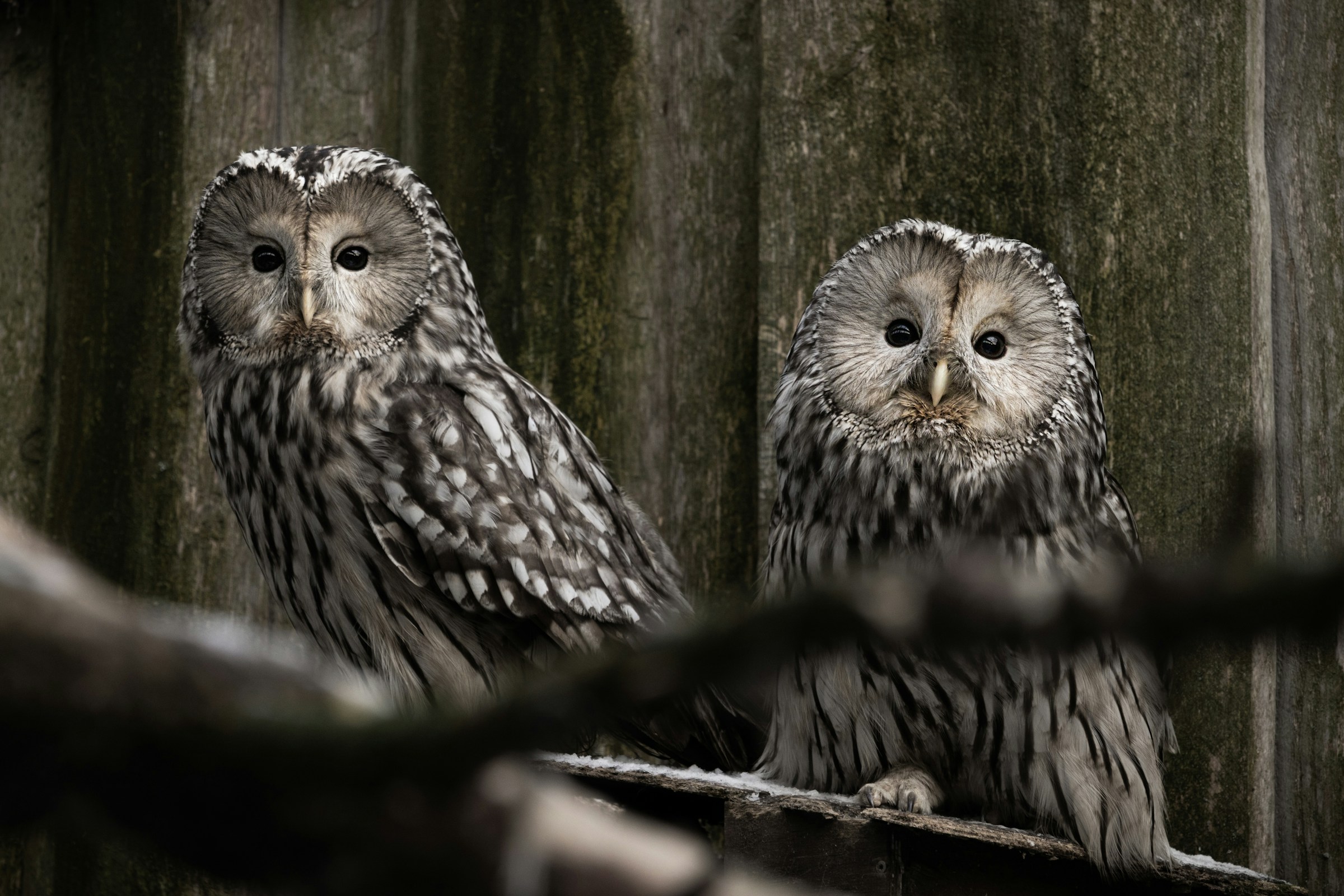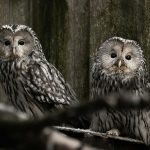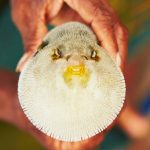Illuminating the Impact: How Light Pollution Affects Nocturnal Wildlife in the UK and Effective Solutions for Mitigation
Understanding Light Pollution and Its Ecological Impact
Light pollution, the excessive or obtrusive light at night, has become a significant environmental issue affecting not only human health but also the well-being of nocturnal wildlife. In the UK, where urbanization is rampant, the effects of light pollution are particularly pronounced. To grasp the severity of this issue, it’s essential to understand what light pollution entails and how it impacts various species.
Light pollution arises from the inappropriate use of outdoor lighting, which can be overlit, left on when not needed, and harmful to the environment. This type of pollution disrupts the natural day-night cycles that many species rely on for their survival. For instance, around two-thirds of all wildlife is most active at night, and having dark skies with low light pollution is crucial for their behavior and habitat.
A voir aussi : Effective Strategies for Curbing Deer Overpopulation in UK Woodlands
The Effects on Nocturnal Species
Bats and Other Mammals
Bats are among the most affected nocturnal species. These light-averse creatures use echolocation to navigate and hunt in the dark. However, artificial light sources can disorient them, making it difficult for them to find food and shelter. A study on bat species in urban environments revealed that the presence of bright lights can reduce their activity and alter their behavior, leading to a decline in their populations.
“Bats are incredibly sensitive to light, and even low levels of illumination can deter them from foraging and roosting,” says Dr. Emma Stone, a bat ecologist. “This is why it’s crucial to implement lighting strategies that minimize the impact on these sensitive species.”
Cela peut vous intéresser : Exploring Ethical Wildlife Photography Practices in the UK: Key Considerations for Nature Enthusiasts
Fish and Aquatic Life
The impact of light pollution is not limited to terrestrial species. Aquatic life, such as fish, is also severely affected. A recent study by Weiwei Li at the Max Planck Institute of Animal Behavior found that artificial light, especially blue light, causes anxiety-like behavior in zebrafish. This behavior is not only observed in the exposed fish but also inherited by their offspring, even when they are raised in natural light conditions.
“The light levels we used in our study are similar to those found in urban areas, and the effects on fish behavior were alarming,” Li explains. “This highlights the need for careful consideration of lighting in areas near water bodies.”
Insects and Ecosystem Services
Insects, too, are vulnerable to light pollution. Many insect species are attracted to light sources, which can lead to their death or disrupt their natural behaviors. This has broader ecological implications, as insects play critical roles in pollination, decomposition, and as food sources for other animals.
“Light pollution can significantly reduce the populations of nocturnal insects, which in turn affects the entire ecosystem,” notes Dr. Katherine Jones, an entomologist. “For example, reduced moth populations can impact the reproduction of certain plant species that rely on them for pollination.”
Effective Solutions for Mitigation
To mitigate the impacts of light pollution, several strategies can be employed, each focusing on responsible outdoor lighting practices.
Five Principles for Responsible Outdoor Lighting
The DarkSky organization, in collaboration with the Illuminating Engineering Society, has outlined the Five Principles for Responsible Outdoor Lighting. These principles are designed to prevent and reduce light pollution:
- Useful: Use light only if it is needed. Consider the impact on the area, including wildlife and their habitats.
- Targeted: Direct light so it falls only where it is needed. Use shielding and careful aiming to prevent light from spilling beyond the intended area.
- Low level: Use the lowest light level required. Be mindful of surface conditions to avoid reflecting more light into the night sky than intended.
- Controlled: Use controls such as timers or motion detectors to ensure that light is available when needed and turned off when not needed.
- Warm-colored: Use warmer-color lights where possible to limit the amount of shorter wavelength (blue-violet) light.
Practical Implementation and Examples
Protected Areas and Dark Sky Initiatives
Protected areas like the South Downs National Park in the UK are taking proactive steps to reduce light pollution. The park’s Dark Skies season aims to promote the importance of dark skies and the impact of light pollution on wildlife.
“Having dark skies is not just about astronomy; it’s also crucial for the health and well-being of our nocturnal wildlife,” says a spokesperson for the South Downs National Park. “By reducing light pollution, we can create a more natural environment for these species to thrive”.
Urban Lighting Solutions
In urban environments, the use of tailored and shielded lighting can significantly reduce the ecological impact. For instance, spectral tuning, which involves cutting out damaging wavelengths in favor of softer illumination, is being tested in several European cities.
“There are test beds in Europe using yellow-red light, which helps prevent melatonin suppression in humans and many other mammals,” explains Franz Hölker, head of the Light Pollution and Ecophysiology group at the Leibniz Institute of Freshwater Ecology and Inland Fisheries. “However, it’s a complex issue, and different organisms are affected by different parts of the spectrum, so it’s always a question of weighing up the winners and losers”.
Table: Comparing Different Lighting Solutions
| Lighting Solution | Description | Ecological Impact | Human Health Impact |
|---|---|---|---|
| Broad Spectrum LED | Emits light across a wide spectrum, including blue and violet wavelengths. | High disruption to nocturnal species, especially bats and insects. | Can suppress melatonin production, affecting sleep quality. |
| Warm-Colored LED | Emits light with longer wavelengths, primarily yellow and red. | Lower disruption to nocturnal species, as it mimics natural moonlight. | Less impact on melatonin production, better for human sleep. |
| Motion-Activated Lights | Lights that turn on only when motion is detected. | Reduces overall light exposure, minimizing impact on nocturnal species. | Energy-efficient and reduces light pollution when not in use. |
| Shielded Lighting | Lights designed to direct light downward and avoid spilling into the night sky. | Minimizes light pollution, reducing the impact on nocturnal species. | Reduces glare and improves visibility for humans. |
| Spectral Tuning | Lighting that cuts out specific wavelengths to reduce ecological impact. | Can reduce disruption to specific species by avoiding certain wavelengths. | Helps in maintaining natural day-night cycles for humans and wildlife. |
Actionable Advice for Individuals and Communities
Home and Garden Lighting
- Use motion-activated lights or timers to ensure lights are only on when needed.
- Install shielded lighting to direct light downward and avoid spilling into the night sky.
- Opt for warm-colored LED lights, which are less disruptive to nocturnal species.
Community Initiatives
- Advocate for public lighting policies that adhere to the Five Principles for Responsible Outdoor Lighting.
- Support local dark sky initiatives and protected areas that work to reduce light pollution.
- Educate neighbors and community members about the impacts of light pollution and the benefits of responsible lighting practices.
Light pollution is a pervasive issue that affects not only nocturnal wildlife but also human health and the overall quality of life. By understanding the impacts and implementing responsible outdoor lighting practices, we can mitigate these effects. Whether through individual actions or community-wide initiatives, reducing light pollution is a step towards preserving the natural balance of our ecosystems.
As Josh Dury, an advocate for the dark sky movement, puts it, “The fight against light pollution is not just about preserving the night sky for astronomers; it’s about creating a healthier environment for all living beings. By working together, we can make a significant difference and ensure that our nocturnal wildlife continues to thrive”.
In the end, it’s a matter of making conscious choices about how we use light in our daily lives, recognizing that the smallest changes can have profound effects on the world around us.











